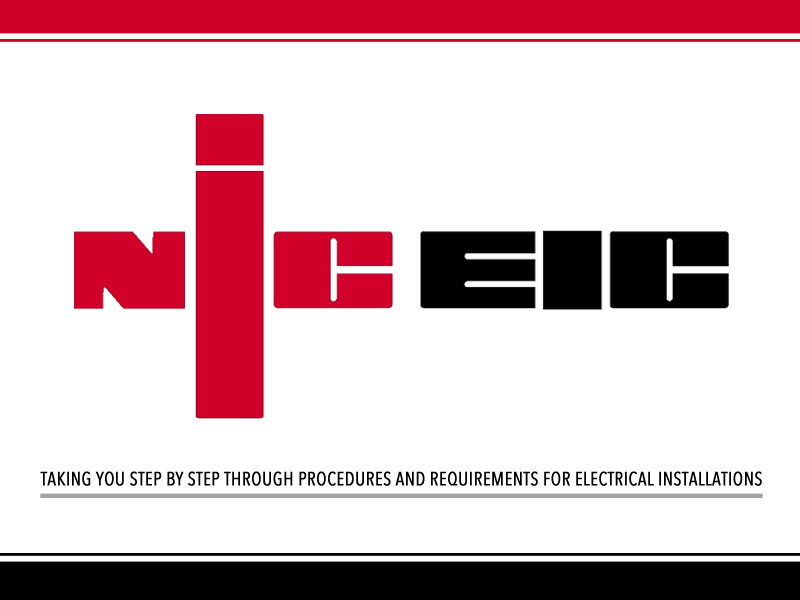
Here, Andy Mansfield, Marketing Manager at Honeywell explains the different tools installers can use to upsell the benefits of smart domestic heating controls to their customers.
Smart, connected thermostats are undoubtedly the future of domestic heating controls. They deliver greater levels of comfort and energy savings compared to their traditional counterparts, yet still no official, documented measurement of the benefits they deliver exists.
In today’s society, technology consumes every aspect of our lives, including the use of smart technology within the home. Homeowners use smart apps to control anything from their kettles, to their TVs and fridges – so why should their central heating systems be any different? The answer is, they shouldn’t and it’s an electrician’s job to show them why.
Here’s what Honeywell thinks you should be telling your customers:
Ease of use
The common myth is that more sophisticated and intelligent technology means a more complicated control to use. This isn’t the case. With 75% of UK adults now owning a smart phone, and the government announcing its commitment to better broadband and Wi-Fi coverage in rural areas, smart controls are more accessible than ever, and all the customer needs to know is how to use the simple touchscreen or smartphone app.
What was once a simple wired thermostat that featured on most hallway walls, is now a mobile control, that efficiently controls what is the most complex system in any property – the central heating. It’s the manufacturer’s duty to continue to develop controls which have energy efficiency and comfort at their heart, but remain easy to use for the homeowner. If a control isn’t simple to use, it isn’t worth knowing about.
Flexibility equals comfort
Today, smart thermostats allow homeowners to access their heating via the internet meaning they can turn their heating on and off or up or down using a smartphone or tablet. This allows the user to have more, frequent interaction with their heating controls than ever before, and the power to control their heating remotely. Via dedicated apps, homeowners can control their heating at any time of the day or night, from wherever in the world they are to suit their lifestyle. In this way, more ‘smart’ equals more comfort, which in turn means more control over your heating to suit your lifestyle and lower energy bills.
OpenTherm
Then there’s OpenTherm technology, which makes the communications between the thermostat and boiler even smarter.
OpenTherm allows the amount of heat provided by the boiler to be altered to match the varying demand signal by reducing the flow temperature to a minimum as it leaves the boiler. This modulation helps boiler efficiency by running at lower flow temperatures for longer periods of time. Now that more and more OpenTherm compliant boilers are available on the UK market, installers can offer this additional layer of ‘smart’ to customers.
Time Proportional Integral Control
A lot has been made in recent months of ‘learning’ thermostats, but TPI, or Time Proportional Integral Control, is the godfather of this technology, automatically understanding how the environment around it responds, and adjusting accordingly, without the need for intervention or set up.
Advanced and sophisticated heating controls have TPI. This makes sure the customer’s boiler fires for the shortest possible time to reach and maintain the desired temperature. It provides additional levels of energy efficiency, saving a further 13% over a standard set of heating controls.
Geo-fencing
The latest technology, Geo-fencing is a feature in software that uses the global positioning system (GPS) or radio frequency identification (RFID) to define geographical locations.

Translated into thermostat-speak, this means that smart controls can now provide remote control of the boiler by turning the heating on or off dependent on the location of the homeowner. So via the app, the control detects how far the homeowner is from home and can adjust the heating accordingly in time for their arrival, or turn the heating down to frost protection level when they leave.
Clever isn’t it? But what’s even more clever, is that all of these ‘layers’ are concealed in a sophisticated back-end, while the control itself remains easy to use for any age of customer with a smart phone. Good manufacturers have made the effort to make several ‘smart’ thermostats available, which satisfy anyone’s price-point and basic requirement for an entry level heating control, and are so simple to use.
So, it’s time all electricians started telling their customers why smart heating controls are the way forward.








